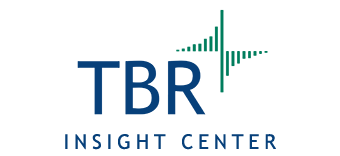Atos is pivoting to industry and leading with technology
Atos emphasizes 7 digital breakthroughs to support its expansion in the mid term
Atos (Nasdaq: ATOS) is an expert at establishing short- and long-term strategies and not only strictly following and executing its plans but also providing checkpoints and information around milestones and financial achievements related to these strategies. During the Atos 2020 Analyst Day, the company announced seven areas of expansion across its six industry segments in the mid term. The areas are organized around three needs that clients expect to fulfill as they continue with their digitalization:
- Value — deliver outcome-based services around full-stack cloud, business-critical applications and digital platforms
- Experience — deliver innovative and flexible services around customer experience (CX) and employee experience
- Safety — deliver services around security and decarbonization
Atos’ goal is to grow revenue between 5% and 7% year-to-year in constant currency in the mid term and to collectively generate 65% of total revenues from digital, cloud, security and decarbonization solutions, up from 40% in 2019. While digital, cloud and security have been among Atos’ revenue growth levers for the past several years, decarbonization is a new lever that Atos will use to support revenue growth by providing it externally and benefiting from a first-mover approach in the segment, and to improve profitability by expanding its carbon footprint internally.
Atos 2020 Analyst Day: Atos’ ambition is to be the leader in secure and decarbonized digital. The company will achieve its goal by approaching customers with its technology DNA and a new industry-aligned organization and by targeting seven digital breakthrough segments that address three client needs: value, experience and safety. The global COVID-19 pandemic did not stop Atos from organizing its annual industry analyst day. While the event was held online due to country lockdowns, travel bans and social distancing requirements, the virtual event very much resembled the ones Atos organized in physical locations in past years. Over two days and with a rich agenda of plenary and breakout sessions, a client panel, and virtual one-on-one meetings with Atos’ executives, the company connected with the industry analyst community and shared details on its strategic plans and financial performance expectations in the mid term, or during the next four to five years.
